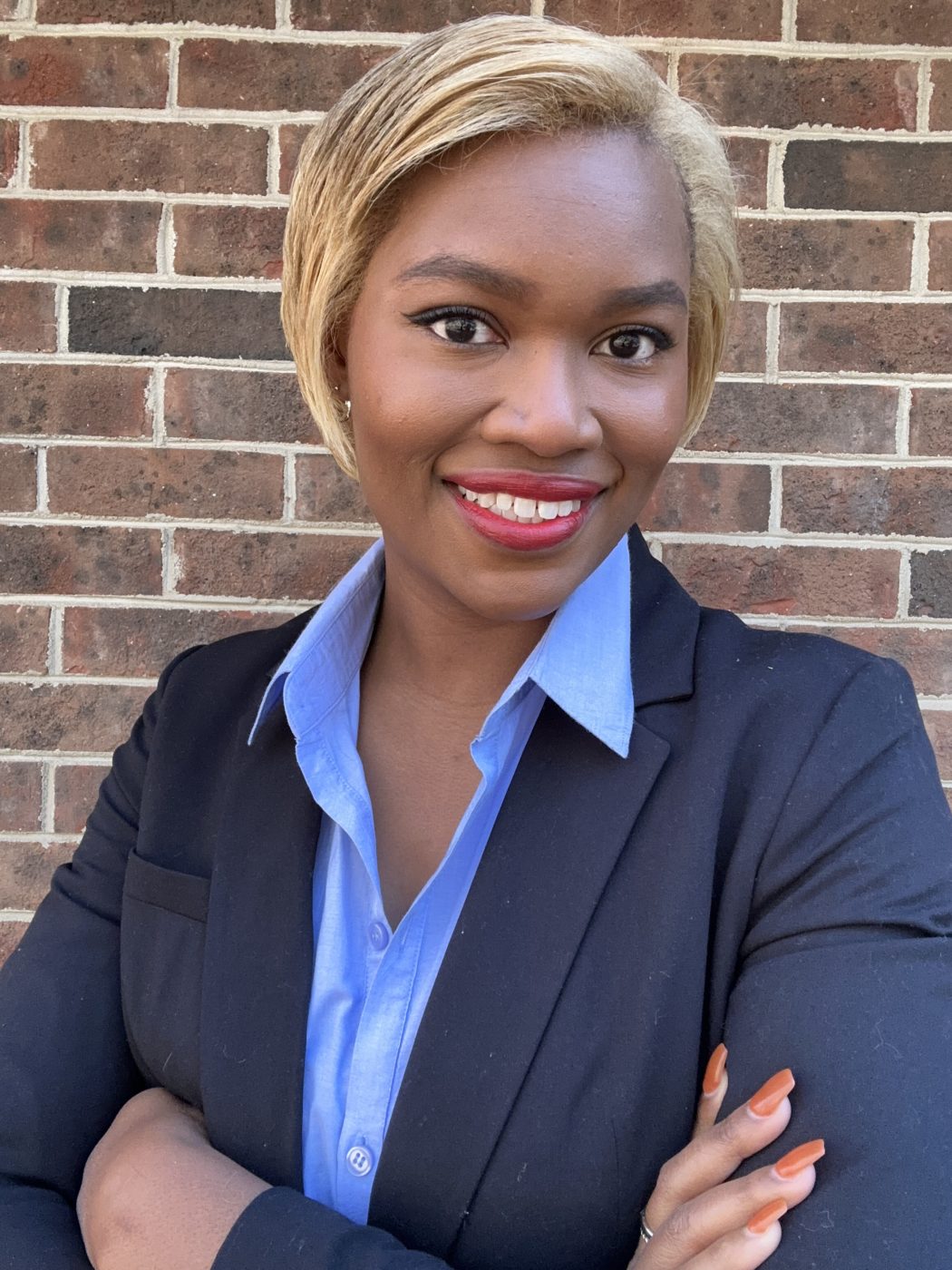By: Olivia Cornett
By the time you finish reading this article, at least one individual will have been sexually assaulted [1]; sexual assault prevention may extend beyond individual actions and into addressing systems of inequities that may be the ultimate perpetrators.
Every 92 Seconds…
Time is essential, especially when it comes to preventing sexual assault. According to the North Carolina Department of Justice, every 92 seconds, someone is sexually assaulted in the U.S.[1], with 1 out of 6 women being victims of rape [1]. In North Carolina, at least 940,000 individuals have been sexually assaulted in their lifetime [3]. Unfortunately, more than half of sexual assault crimes go unreported [7], therefore, the impact of sexual assault may exceed current estimates, as well as the toll taken on victims and survivors of sexual assault.
The Risk of Sexual Assault is Increased Differently Abled, Women, Gender-nonconforming, LGBTQ+, and BIPOC individuals
Various studies and surveys have shown that individuals who are members of socially and historically marginalized groups bear a disproportionate burden of sexual assault incidents, with differently-abled women (approximately 30% reporting sexual assault [2]), gender diverse individuals, individuals of diverse sexual orientations (in NC, 25% bisexual, 23% gay and lesbian compared to 7% straight individuals [3]), women (85% of victims identified as women [3]), and 60% of transgender and non-binary individuals reporting sexual assault [4].
Nationally, BIPOC individuals also experienced disproportionately high incidences of sexual assault, with 2 in 5 American Indian (non-Hispanic) or Native Alaskan, and multi-racial (non-Hispanic) women reporting sexual assault [5]. With data suggesting that socially and historically marginalized individuals are at higher risk, it is essential to prevent sexual assault on every level and to support victims of sexual assault circumspect to potential systems of oppression and exploitation.
The Perpetrator As a System, Not Just a Person
Sexual assault prevention entails an ecology of factors that might be mitigated to protect the victim, and to prevent the perpetration of sexual violence. For example, the CDC (Centers for Disease Control and Prevention) has identified individual factors (in terms of perpetrators of sexual violence) including substance abuse, aggression, gender-based hostility, as well as a lack of empathy among other factors[6]. Interpersonal factors include childhood abuse, violence and emotional neglect within the family, and being in unsafe relationships [6]. Community factors include poverty, justice systems that are not supportive of sexual violence prevention, as well as tolerance for sexual violence [6].
Therefore, sexual violence can be seen as a multi-level and factorial public health concern and may be well modeled by the socio-ecological framework [8], with each social and relational component contributing to protective and risk factors. As such the CDC’s STOP SV guidelines for sexual assault prevention highlight multiple factors that contribute to sexual violence, as well as actions to be taken at all levels.
STOP Sexual Assault Before It Happens: What We Can Do
The Centers for Disease Control and Prevention (CDC) developed STOP SV [7] prevention guidelines for addressing sexual violence on multiple levels, with each acronym (STOP SV) representing an action that can be taken by communities and individuals:
Advance Social Norms that prevent sexual assault [7]
- Educating male and male-aligned individuals to be allies against sexual assault [9]
- Implicating bystander approaches (e.g. helping individuals effectively intervene in a high risk situation) [9].
Teach sexual violence prevention [7]
- Promoting education about healthy sexuality (e.g. proper consent, sexual disease transmission prevention, communication, unplanned pregnancy prevention) [9]
- Educating individual in healthy relationships, dating, and social-emotional development [9]
- Reduce victimization through training [9]
Foster Opportunities for the empowerment of women and girls [7] (note: all women/girls, including transgender women/girls and feminine-aligned individuals)
- Empowering women in leadership roles and economically (e.g. ensuring equitable pay and employment opportunities, building leadership skills in women and female-aligned individuals) [9]
Build Protective environments [7]
- Ensuring safety monitoring is in place in schools (e.g. creating safe spaces for victims/survivors in social supports and physical environment) [9]
- Implicating and creating workplace policies that prevent sexual assault (e.g.
- Determine and address risks at the community level (e.g. ensure the support of policies and regulations, such as the substance abuse policies) [9]
Support Victims and survivors [7]
- The provision of services that are victim/survivor centered (e.g. medical, legal and counseling services are centered around addressing the unique need of the victim/survivor)[9].
- Provide psychological treatment for victims of sexual assault, as well as providing therapy and interventions for children, youth and families living in high risk situations [9].
Implementing these strategies requires activism on a personal and community level, as it is essential to be educated about the risks, as well as how to intervene in high-risk situations. Consulting your local domestic and sexual violence organization can be a critical step towards ensuring the safety of others (through education and training), as well as staying informed about resources for victims/survivors.
Sexual assault prevention is a concerted effort between individuals and communities, as well as the support of state and national policies. Being informed about warning signs of unsafe situations through education and local resources can help you be prepared to prevent or stop sexual assault.
Sources
[1] North Carolina Department of Justice [NCDOJ]. (2019, December 23). Sexual assault resources at the North Carolina Department of Justice. NCDOJ | Sexual Assault. Retrieved March 23, 2023, from https://ncdoj.gov/public-protection/sexual-assault/
[2] Ledingham, E., Wright, G. W., & Mitra, M. (2022). Sexual violence against women with disabilities: Experiences with force and lifetime risk. American Journal of Preventive Medicine, 62(6), 895–902. https://doi.org/10.1016/j.amepre.2021.12.015
[3] North Carolina Department of Health and Human Services . (2021). Sexual Violence in North Carolina, 2018-2019. Raleigh, NC . Retrieved March 23, 2023, from https://injuryfreenc.dph.ncdhhs.gov/preventionResources/SexViolence.htm
[4] The National Center for Transgender Equality. (2015). 2015 U.S. transgender survey | Full Report. 2015 U.S Transgender Survey. Retrieved March 23, 2023, from https://transequality.org/sites/default/files/docs/usts/USTS-Full-Report-Dec17.pdf
[5] Centers for Disease Control and Prevention [CDC]. (2022, June 22). Fast facts: Preventing Sexual Violence | Violence Prevention | Injury Center |CDC. Centers for Disease Control and Prevention. Retrieved March 31, 2023, from https://www.cdc.gov/violenceprevention/sexualviolence/fastfact.html
[6] Centers for Disease Control and Prevention [CDC]. (2022, February 5). Risk and protective factors|sexual violence|violence prevention|injury Center|CDC. Centers for Disease Control and Prevention. Retrieved March 31, 2023, from https://www.cdc.gov/violenceprevention/sexualviolence/riskprotectivefactors.html
[7] Centers for Disease Control and Prevention [CDC]. (2022, February 5). Prevention strategies|sexual violence|violence prevention|injury Center|CDC. Centers for Disease Control and Prevention. Retrieved March 31, 2023, from https://www.cdc.gov/violenceprevention/sexualviolence/prevention.html
[8] National Sexual Violence Resource Center [NSVRC]. (n.d.). Prevention theories. National Sexual Violence Resource Center. Retrieved March 31, 2023, from https://www.nsvrc.org/prevention/theories
[9] Basile, K.C., DeGue, S., Jones, K., Freire, K., Dills, J., Smith, S.G., Raiford, J.L. (2016). STOP SV: A Technical Package to Prevent Sexual Violence. Atlanta, GA: National Center for Injury Prevention and Control, Centers for Disease Control and Prevention. Retrieved March 31, 2023 from https://www.cdc.gov/violenceprevention/pdf/SV-Prevention-Technical-Package.pdf
 Olivia Nicole C. is a native of North Carolina and holds two undergraduate degrees and a master’s degree in gerontology and is currently pursuing an MPH in applied epidemiology at the UNC-Chapel Hill and a certificate in modern journalism from NYU. As a proud plant mom and nature lover, Olivia seeks to advocate for climate change, social justice, reproductive and LGBTQ+ rights, as well as lifting the voices of individuals who are socially marginalized.
Olivia Nicole C. is a native of North Carolina and holds two undergraduate degrees and a master’s degree in gerontology and is currently pursuing an MPH in applied epidemiology at the UNC-Chapel Hill and a certificate in modern journalism from NYU. As a proud plant mom and nature lover, Olivia seeks to advocate for climate change, social justice, reproductive and LGBTQ+ rights, as well as lifting the voices of individuals who are socially marginalized.

There are no comments
Add yours